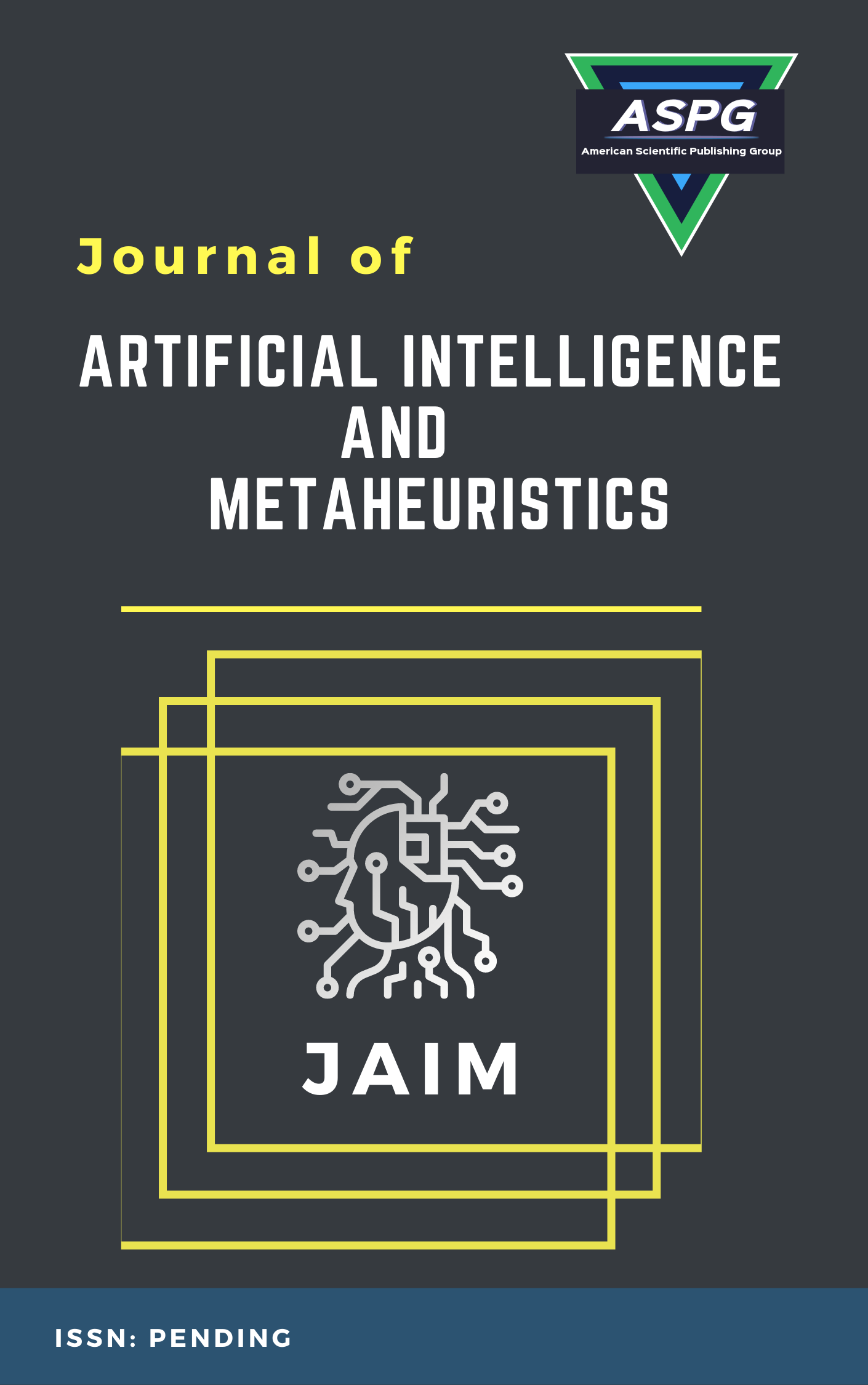

The use of machine learning (ML) and deep learning (DL) algorithms to solve mathematical issues in wireless communications has propelled AI-assisted communications to the forefront in recent years. Beginning with an overview of AI, CEM, and the function of AI/ML/DL in antennas, this paper moves on to discuss the topic in more depth. In this article, we show the results of our research into ML/DL algorithms and the methods we used to optimize antenna settings using these algorithms. Finally, we show several examples of how AI can be used in antennas.
Read MoreDoi: https://doi.org/10.54216/JAIM.030101
Vol. 3 Issue. 1 PP. 08-20, (2023)
Asperger's syndrome, difficulties with disintegration in children, and autism are all included in the category of complex neurodevelopmental diseases known as autism spectrum disorders (ASD). Individuals who are autistic struggle greatly to keep up with society's speed, have poor communication skills, and struggle to express their emotions in the right ways. Early diagnosis and intervention can greatly improve the long-term outcomes for children with ASD. Several studies have identified key characteristics of autism using a variety of methods, including feature extraction, eye tracking, and speech recognition. As opposed to a person's emotional condition, facial recognition is more crucial in identifying autism. Early diagnosis and intervention can greatly improve the long-term outcomes for children with ASD. Hence, cutting-edge information technology that employs artificial intelligence (AI) techniques has assisted in the early diagnosis of ASD based on face pattern recognition. Among these techniques are deep learning (DL) have been utilized or suggested for detecting autism in youngsters. Herein, we applied a technique for accurate autism detection in children using facial analysis with the aid of computational intelligence. The proposed approach involves analyzing facial features and expressions to identify patterns which are associated with ASD. This is achieved by leveraging application of convolutional neural network (CNNs) to extract meaningful features from facial images. The extracted features are used to accurately classify children as either having or not having ASD. To evaluate the proposed approach, a dataset of facial images of children with and without ASD is used to train and validate the proposed technique. Also, to assess their performance in accurately detecting ASD. The proposed technique has the potential to revolutionize the way ASD is diagnosed by providing an objective and reliable tool for early detection and intervention.
Read MoreDoi: https://doi.org/10.54216/JAIM.030104
Vol. 3 Issue. 1 PP. 42-50, (2023)
Metaheuristic optimisation algorithms have become more well liked in recent years due to their success in solving challenging optimisation problems. Only a few of the metaheuristic optimisation techniques covered in this work include genetic algorithms, particle swarm optimisation, simulated annealing, ant colony optimisation, and many others. This paper discusses the history, operation, and applications of each method, including applications in engineering, finance, and bioinformatics.
Read MoreDoi: https://doi.org/10.54216/JAIM.030102
Vol. 3 Issue. 1 PP. 21-30, (2023)
On cloudy days, an intelligent technique to optimizing the direction of continuous sun tracking devices is proposed in this research. When it comes to weather, direct sunlight is more essential than diffuse radiation in a clear sky. As a result, the panel is always pointing towards the sun. When the sky is overcast, the solar beam is near to zero, and the panel is positioned horizontally to receive the most dispersed radiation. Under partially covered conditions, the panel must be aimed at the source emitting the most solar energy, which can be located anywhere in the sky dome. Thus, the idea behind our technique is to analyze images taken by a ground-based sky camera system in order to identify the zone in the sky dome that is thought to be the best source of energy under foggy situations. The proposed method is put into practice utilizing an experimental setup built at Mansoura city in north Egypt. The findings were quite good under overcast situations, and the intelligent technique gave efficiency gains of up to 9% compared to typical continuous sun tracking systems.
Read MoreDoi: https://doi.org/10.54216/JAIM.030103
Vol. 3 Issue. 1 PP. 31-41, (2023)
Stroke is a leading cause of disability and mortality worldwide, emphasizing the need for accurate and timely prediction methods. In recent years, advancements in machine learning and computational healthcare have shown promising results in various medical domains. This paper presents a comprehensive study on the application of machine learning techniques for stroke prediction in computational healthcare. The objective of this research is to develop a robust and accurate stroke prediction model that can assist healthcare professionals in identifying individuals at high risk of stroke. Leveraging a diverse dataset consisting of demographic information, medical history, and clinical measurements, a range of machine learning algorithms is employed to extract meaningful patterns and relationships. Feature selection techniques are utilized to identify the most relevant predictors, ensuring optimal model performance. Through rigorous experimentation and evaluation, the proposed machine learning model demonstrates superior performance in stroke prediction compared to traditional risk assessment methods. The implications of this research extend beyond stroke prediction, with the proposed methods serving as a foundation for the development of similar predictive models in other healthcare domains.
Read MoreDoi: https://doi.org/10.54216/JAIM.030105
Vol. 3 Issue. 1 PP. 51-59, (2023)